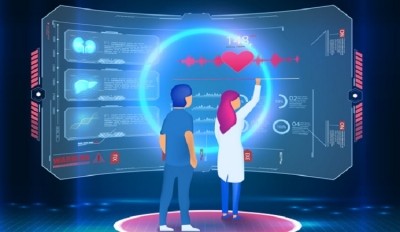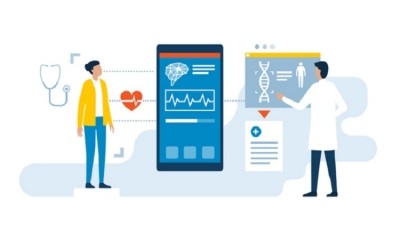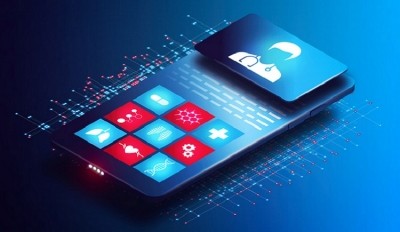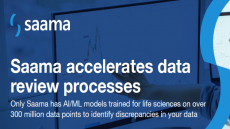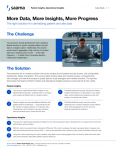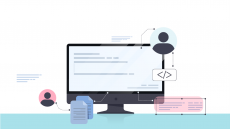Expect growth, innovation in digital health landscape: BCG Digital Ventures
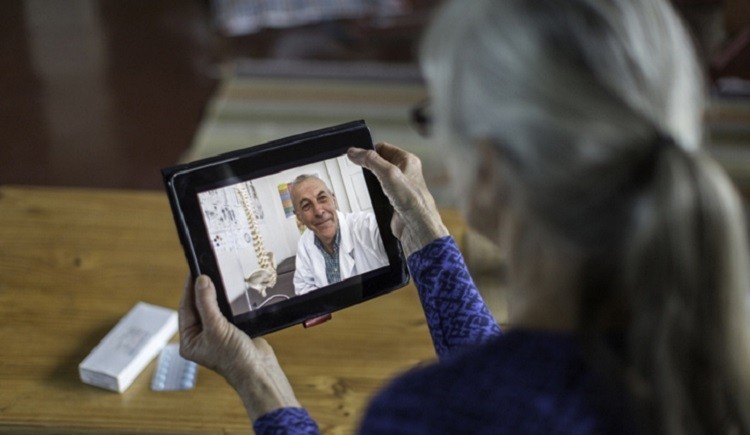
Digital health technologies like remote monitoring and telehealth visits certainly were in place before the pandemic. Today, however, such tools are increasingly relied upon by clinical research professionals and care providers alike—to the point that they likely will be around after COVID-19 is in our rearview mirror.
In its recent report The Future of Digital Health: 2022 Health Care Innovation Predictions, Boston Consulting Group's (BCG's) Digital Ventures team assembles predictions from a number of experts on the trends likely to impact the industry. Outsourcing-Pharma recently checked in these experts for a dive into the report, and what it might reveal about the current state of digital health, as well as the future.
OSP: Could you please tell us a bit about how digital health (including what the phrase means to life-sciences professionals) has evolved in recent years?
BCG: There has been a massive capital influx into the digital health market over the last few years, as investment roughly doubles each year. This influx has not only allowed technology development to accelerate but has created the opportunity for more talent to enter the market, especially sector-experienced talent who may not have been able to jump in before. What were once small startups are now enterprise-grade solutions companies.
Specifically, how are pharma companies and their research partners using digital health solutions in drug development?
Three big categories, though not exhaustive, include the following:
- AI/algorithm-driven drug discovery. These players often act as service providers to accelerate early research and even preclinical activities. In some cases, companies with proprietary algorithms, labs, and data access have ambitions to be pharmaceutical companies themselves.
- Clintech for clinical trial operations. Clinical IT is evolving quickly to service an evolution in clinical trials such as decentralized models. New technologies such as remote monitoring, eCOA, eConsent, telemedicine, and more are being leveraged to change how patients interact with sites – and both interact with sponsors. These changes are enabling more rapid subject recruitment, improved engagement throughout a trial, new endpoints through remote data collection, new insights through digital data, and faster trial times overall.
- Data solutions that can apply broadly across the development value chain. The healthcare data markets have exploded in recent years across claims, EHR, labs, and more. Direct access to provider systems enables better site selection and even patient identification, new analytics tools enable self-service engagement by sponsors, and platform technologies such as development-specific data lakes can open up new channels of insight.
OSP: How has the increase in the number of decentralized trials changed how clinical research teams collect, analyze, and disseminate data?
BCG: Teams need to plan well in advance to incorporate decentralized trials (DCTs) into development programs. That planning goes all the way to the protocol level, coming out of the clinical development teams, and there needs to be a tight linkage with clinical operations to ensure the right partners and processes are put in place.
Unlike traditional trials, DCTs often require involvement from multiple partners to execute a full protocol. Because of this, sponsors often serve as ‘general contractors’, coordinating across their service and technology partners. The disparate systems also lead to data fragmentation, opening the door for other players to help aggregate and analyze the output. Encouragingly, there’s a lot of technology and capabilities out there. Sponsors who are willing to work with these partners and try new approaches will find new opportunities.
OSP: Can you please share some of the ways in which BCG has helped clients make better use of data (including electronic health records) in their drug discovery and development efforts?
BCG: BCG has invested heavily in data science and digital product capabilities over the years. The use of real-world data (RWD) is increasingly becoming the norm, and not the exception, in the work we do from strategy to operations to software development. Examples of this include:
- Building an analytics platform on data from historical claims to help inform biostatistics
- Leveraging proprietary client data to launch a site selection platform
- Supporting clinical trial recruiting through digital marketing coordination and execution
OSP: What advice might you have to offer a clinical research professional looking to streamline their data operations?
BCG: Get the data to a point where it is both organized and integrated. Lead with use cases, taking inspiration from what else is out there. Be ambitious, but don’t get lost in vision to the point that it impedes progress. Instead, take the first step.

